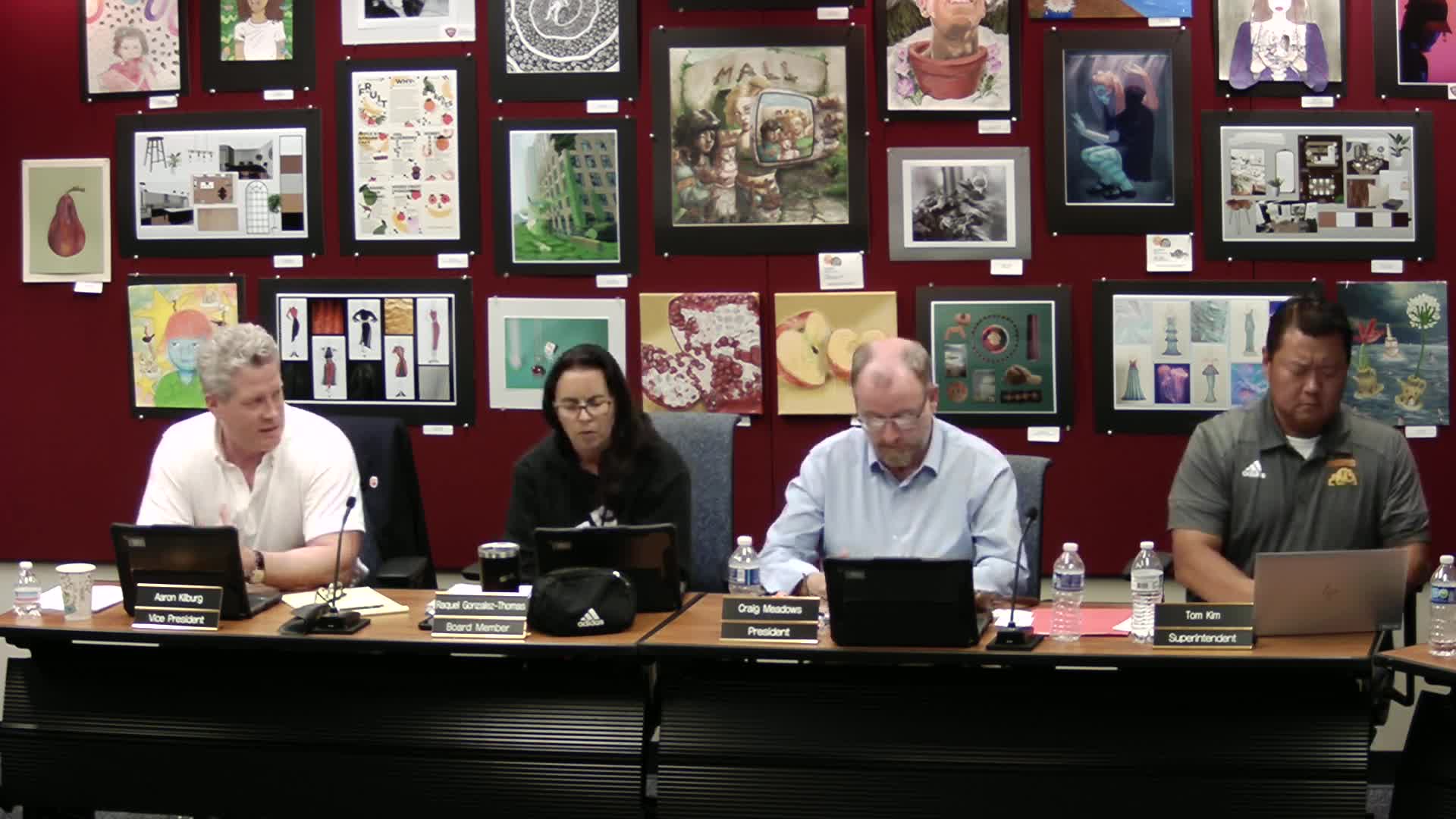School officials face backlash over handling hate speech incidents
July 23, 2024 | Batavia USD 101, School Boards, Illinois

This article was created by AI summarizing key points discussed. AI makes mistakes, so for full details and context, please refer to the video of the full meeting. Please report any errors so we can fix them. Report an error »

During a recent government meeting, school officials and community members engaged in a robust discussion regarding the handling of hate speech and bullying incidents within schools. A key concern raised by parents was the lack of transparency following incidents, such as racial slurs found in school bathrooms. Parents expressed frustration over receiving vague notifications about incidents without clear outcomes or assurances that investigations were conducted. They emphasized the importance of communication, suggesting that even general acknowledgments of incidents could help combat misinformation and foster a sense of community awareness.
The conversation also delved into the data collection practices surrounding bullying and hate speech incidents. Officials confirmed that while data is collected on various incidents, it is often categorized broadly and may not specify the nature of the incidents, such as whether they were racially or sexually motivated. This lack of detailed data tracking was highlighted as a significant gap, making it difficult to understand the prevalence of specific types of bullying and to implement targeted educational campaigns.
Participants discussed the implications of not having a clear understanding of the data, noting that without specific metrics, it becomes challenging to assess the effectiveness of policies or to identify areas needing improvement. The need for a more robust reporting system that captures the nuances of incidents was emphasized, with suggestions for utilizing student feedback to gauge the effectiveness of current measures.
Additionally, the meeting touched on the district's bullying policy, with calls for a clearer stance on zero tolerance for hate speech and bullying. Concerns were raised about students' fear of retaliation when reporting incidents, which could hinder the effectiveness of any policy. The discussion concluded with a consensus on the need for a comprehensive review of policies and practices to ensure that they are not only clear but also effectively communicated to students and parents, fostering a safer school environment.
The conversation also delved into the data collection practices surrounding bullying and hate speech incidents. Officials confirmed that while data is collected on various incidents, it is often categorized broadly and may not specify the nature of the incidents, such as whether they were racially or sexually motivated. This lack of detailed data tracking was highlighted as a significant gap, making it difficult to understand the prevalence of specific types of bullying and to implement targeted educational campaigns.
Participants discussed the implications of not having a clear understanding of the data, noting that without specific metrics, it becomes challenging to assess the effectiveness of policies or to identify areas needing improvement. The need for a more robust reporting system that captures the nuances of incidents was emphasized, with suggestions for utilizing student feedback to gauge the effectiveness of current measures.
Additionally, the meeting touched on the district's bullying policy, with calls for a clearer stance on zero tolerance for hate speech and bullying. Concerns were raised about students' fear of retaliation when reporting incidents, which could hinder the effectiveness of any policy. The discussion concluded with a consensus on the need for a comprehensive review of policies and practices to ensure that they are not only clear but also effectively communicated to students and parents, fostering a safer school environment.
View full meeting
This article is based on a recent meeting—watch the full video and explore the complete transcript for deeper insights into the discussion.
View full meeting
